In February 2024, we visited what remains of South Ockendon Hospital, and were shown around the beautiful recreation hall and other surviving rooms with kind permission of the Brandon Groves Community Club. The hall formed the centre of what was once a vast villa-plan institution for people with learning difficulties. Whilst not a county asylum, the hospital emerged as an evolution of such institutions as one of many ‘mental deficiency colonies’ around the country, marking the first time that learning disability and mental illness was differentiated. They were similar to county asylums in their plan, with accommodation on two wings surrounding central services, administration and a hall, yet differed in their dispersed villa-plan layout and different focus. The colonies developed in the early twentieth century in the aftermath of WWI, which saw such individuals who previously had little opportunities out of work as veterans returned from the front. However, there was also a more sinister element to their emergence, in accordance with rising support for human eugenics during this period which wished to separate such individuals from the rest of society. Other examples of these colonies include Harperbury Hospital, Hertfordshire (1928) and Leybourne Grange, Kent (1936).

The South Ockendon Colony was constructed in the early 1930s upon Little Mollands Farm; which was bought in 1905 by West Ham Borough Council for use as a farm colony providing three months of work to men not entitled to unemployment benefit. The colony opened in 1932, largely comprising 2-storey villa accommodation separated by open pathways. It was originally intended to have 750 beds, but was limited to 520 at the outbreak of WWII, across nine wards. It was absorbed into the NHS in 1948 when it was renamed South Ockendon Hospital.
During the 1950s and 1960s, eleven new villas were constructed. By 1968, the hospital had 1,065. Like the county asylums, or mental hospitals as they became known, these institutions suffered from deteriorating conditions and malpractice towards the end of their lifespan. The introduction of the Care in the Community act in 1983 saw such places enter a period of decline. The hospital closed in 1994, and saw the swift demolition of many of its buildings. A residential estate was built on its site, named the Brandon Groves Estate. The hall and adjacent buildings were kept for use as a community club as they remain, although this represents a small part of the original complex.
1994 Photographs Before Demolition
These photographs were acquired from the Essex Record Office and were taken shortly before the hospital’s demolition. They were originally black and white, although we have recoloured them, so please not that some colours may not be entirely accurate.

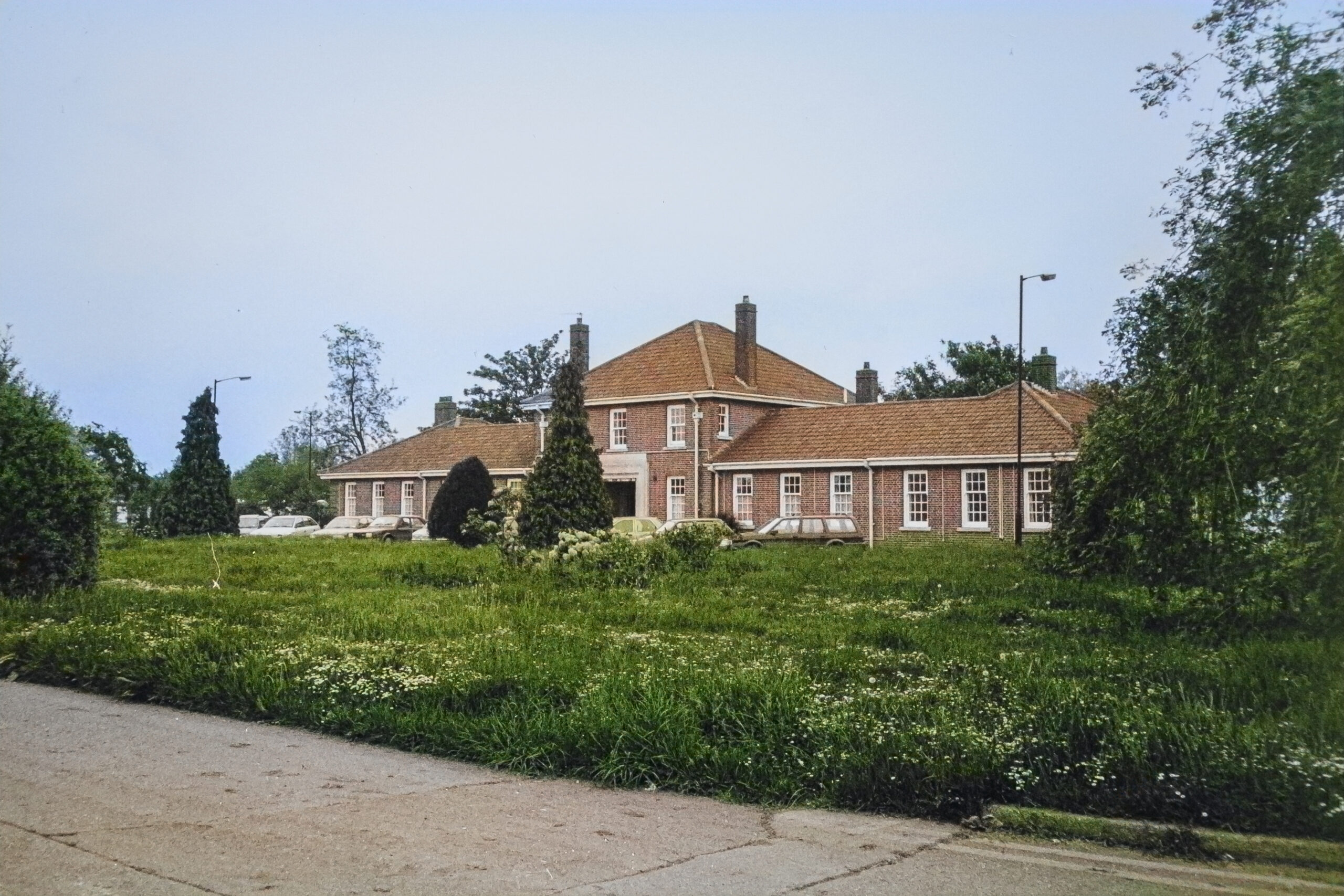
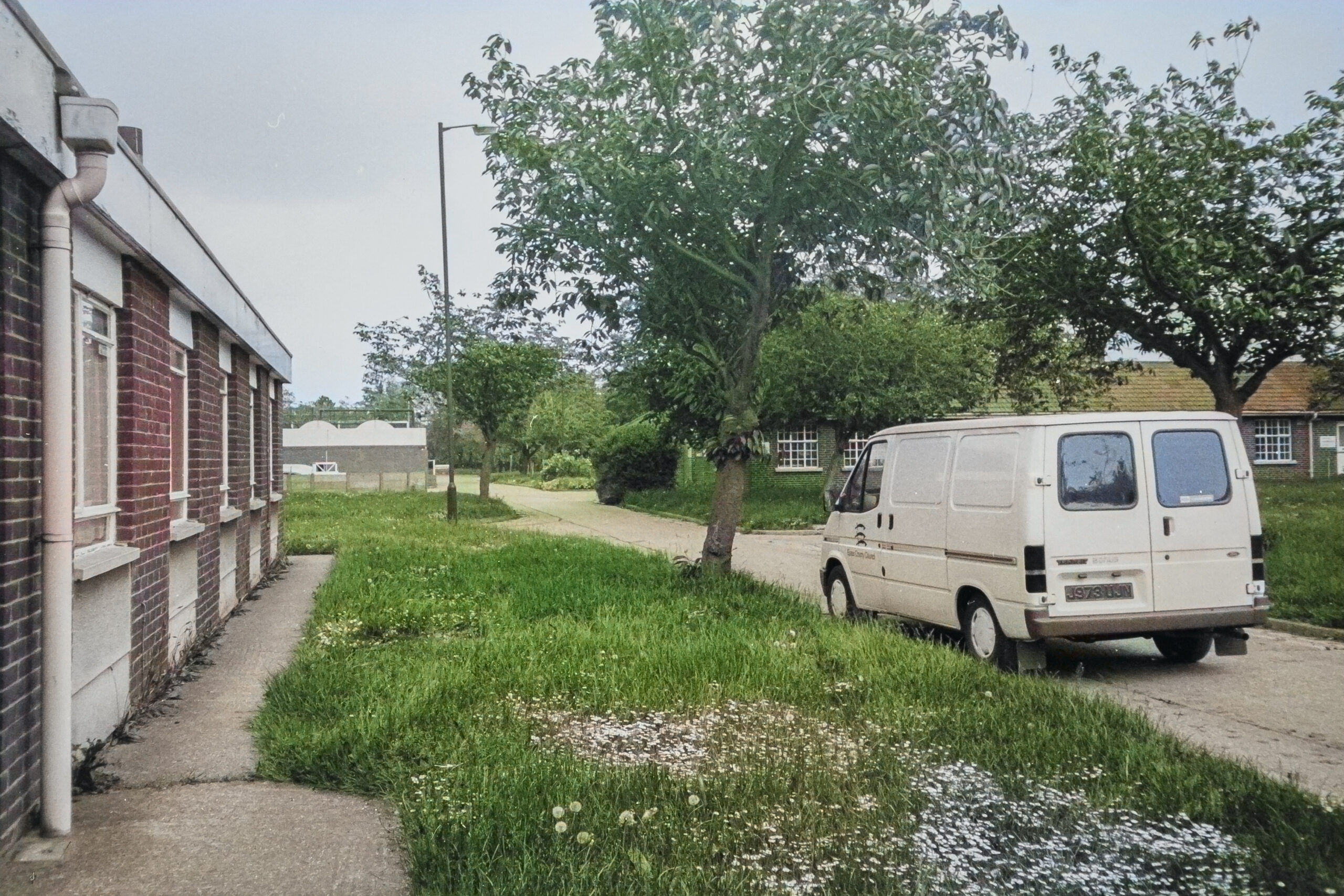



Surviving Recreation Hall Exterior
This is the section of the original colony that still survives today, which we were kindly shown around by the Brandon Groves Community Club that occupies it.

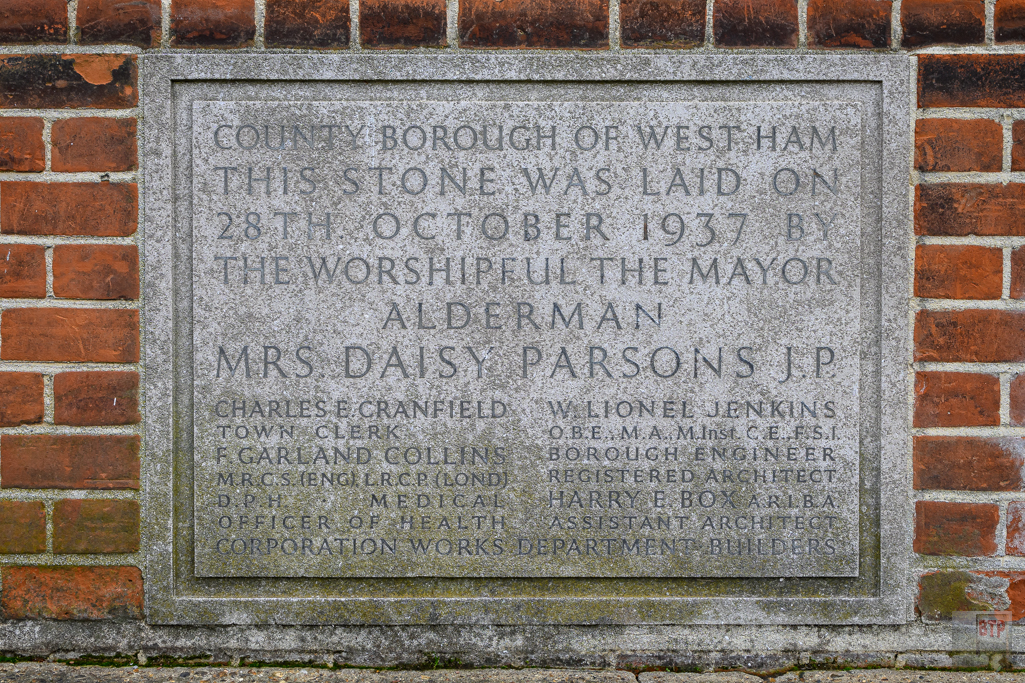



Recreation Hall Interior





Recreation Hall Details





Projector Room
This incredible projector room in places appeared to have changed little since the building’s construction. It still bears some original projecting and electrical equipment. We were lucky enough to be shown inside with permission.
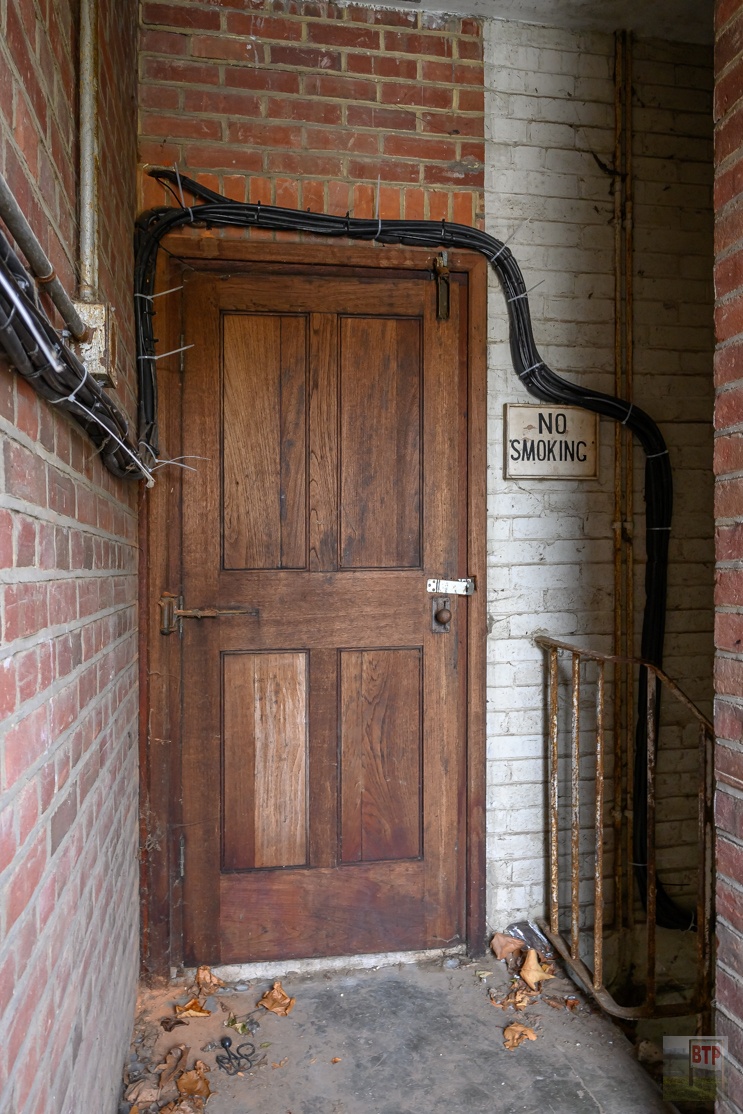






Surviving Connecting Building
Adjacent to the hall is a U-shaped original section of the hospital. It is not clear what it was used for, but was likely part of the hospital’s kitchens or central services, as well a row of possible offices. The space between this building and the hall has been infilled with a modern bar used by the social club.
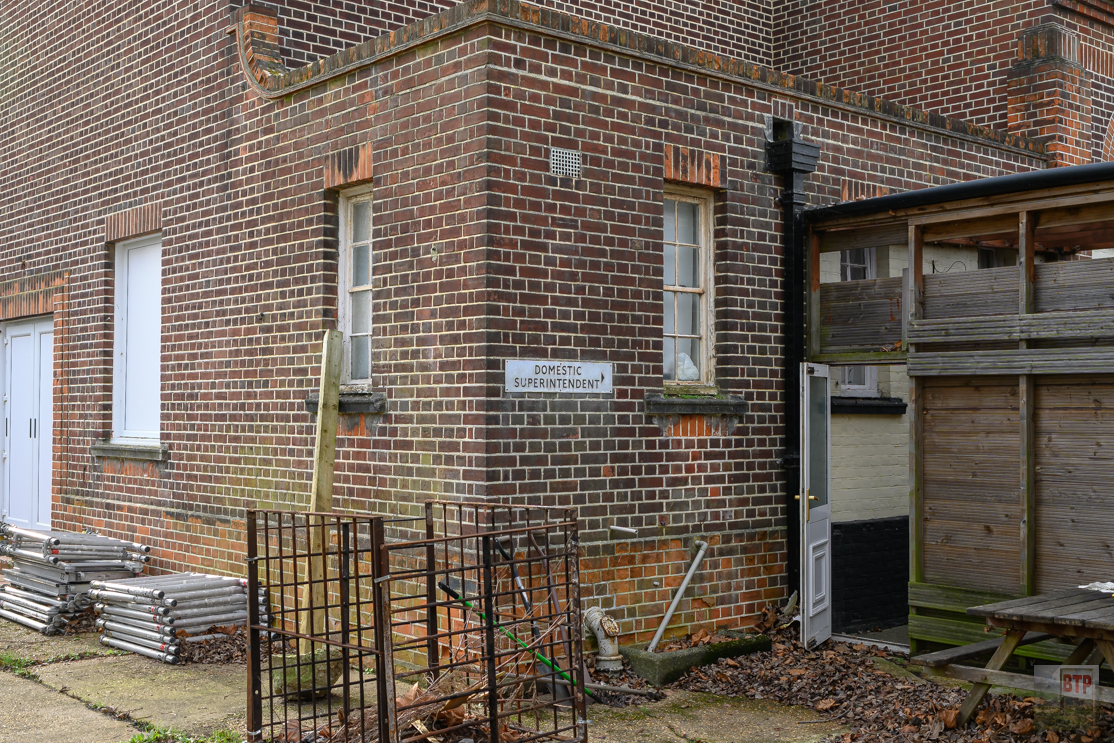
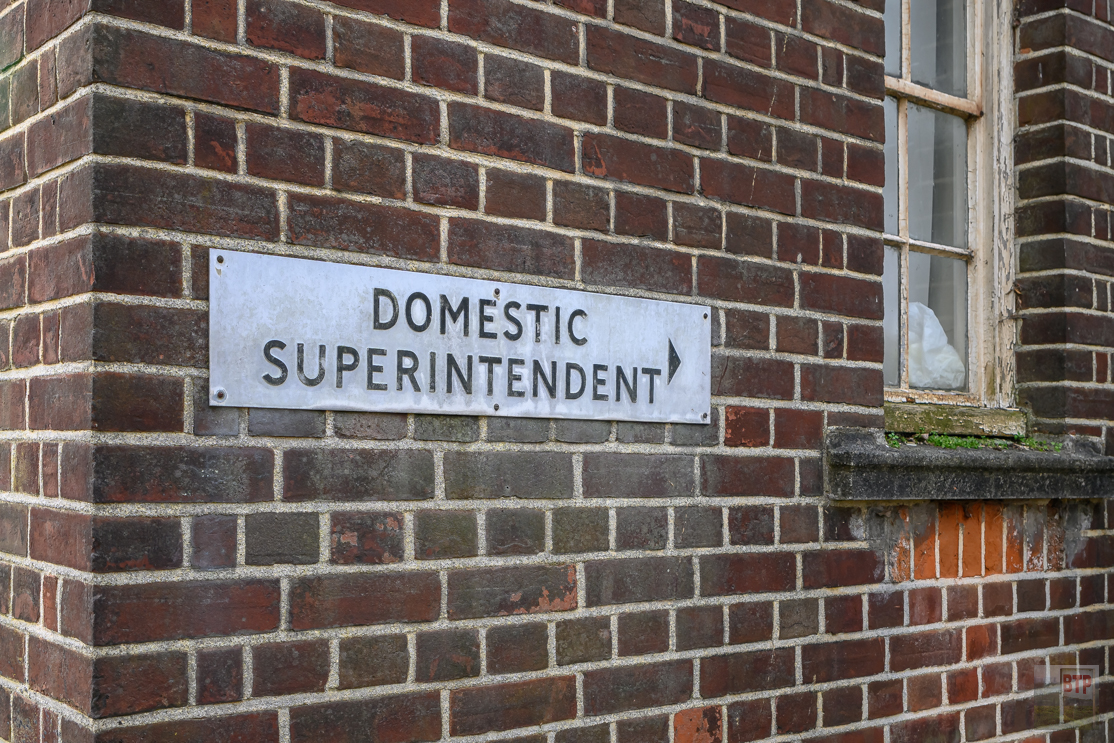

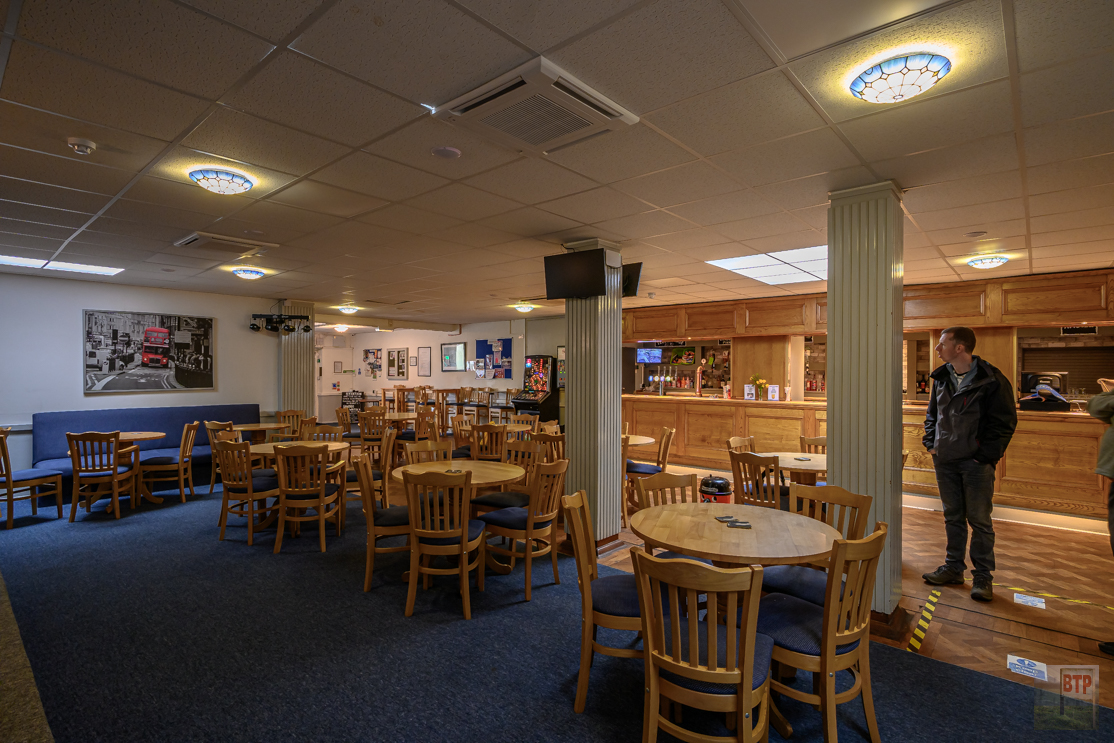





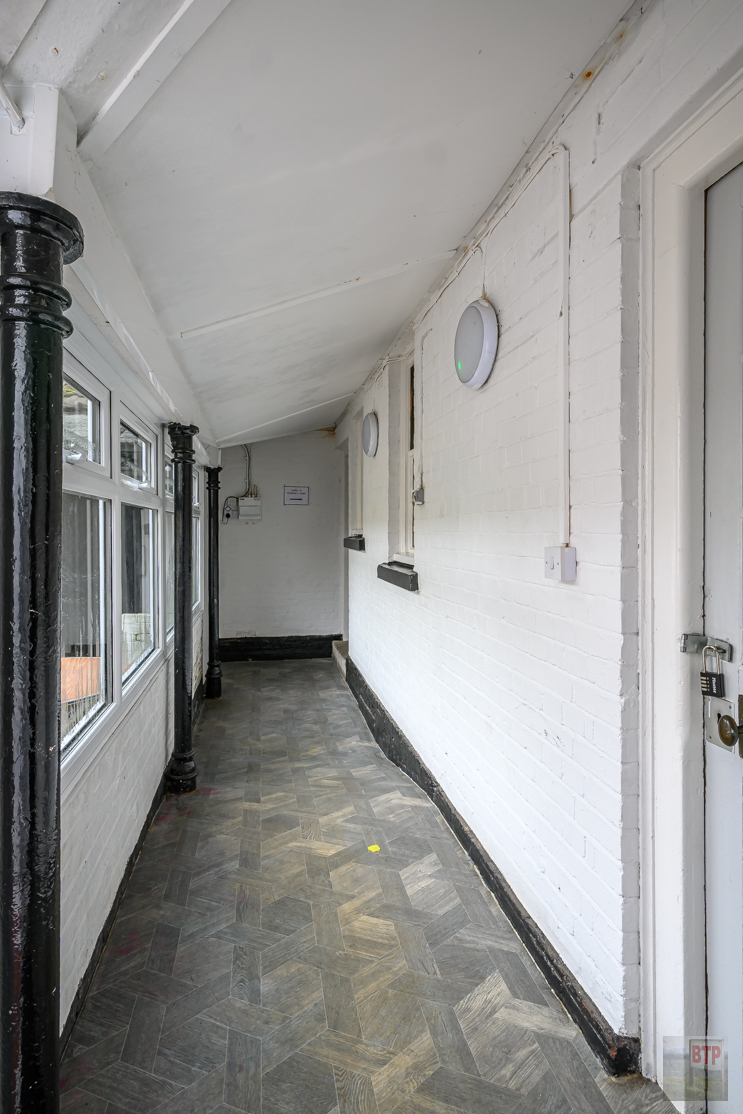



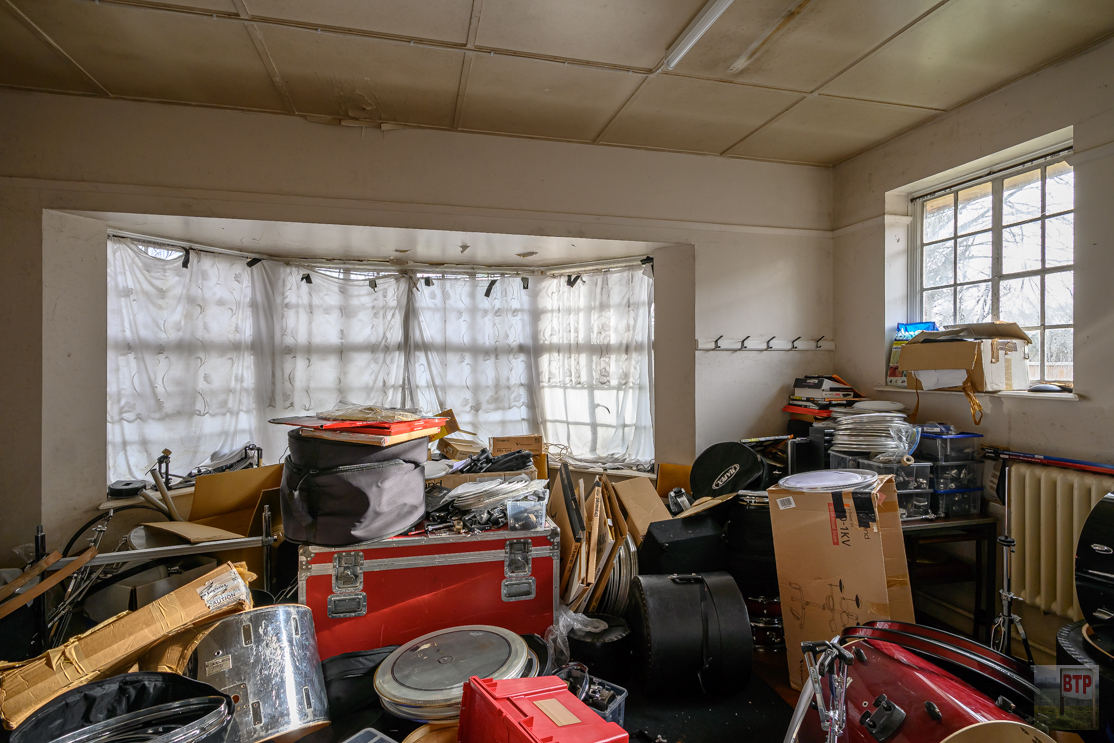
Hospital Gates & Memorial
These gates appear to have been those of the hospital, although given that its initials are SOH, they likely date from at least after 1948 when South Ockendon Colony was renamed.



Sources:
Lost_Hospitals_of_London (myzen.co.uk)
https://en.wikipedia.org/wiki/South_Ockendon_Hospital



